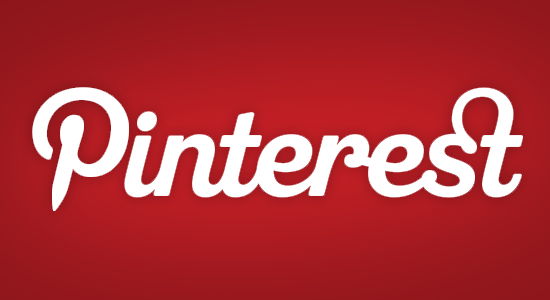
Pinterest has exploded in popularity since its advent in 2010, with millions of users across the globe using the service to “pin,” or share, digital content they enjoy. Largely focused on visual images and videos, pins published on user profiles are shared with other connected users. Clicking the pin redirects to a third-party location. While originally intended to allow users to share their favorite links, sites, products, and services with friends, Pinterest has quickly transformed into a marketer’s dream resource. When used effectively, the site has the power to dramatically boost traffic to third party sites.
Encouraging Growth through Pinterest
Perhaps one of the easiest ways to encourage Pinterest interaction with content from a third party site is to embed sharing buttons directly on the pages of the site. Many businesses have begun to include these buttons on product pages, allowing shoppers to share items with friends. In turn, Pinterest users who see the pin can visit the site and see what all of the fuss is about.
Launching a Pinterest Marketing Campaign
While encouraging interaction from those already engaging with the brand is the most organic way to use Pinterest for traffic growth, marketing campaigns run solely on Pinterest have become increasingly common as Pinterest has grown in popularity. The purpose of such campaigns is to encourage users to “repin,” content published by the brand or company in question. In turn, more inbound links to the site are created.
For example, brands often use this approach to publish products available for purchase. The hope is that interested consumers will in turn repin products to their own profiles, where a wider group of individuals will be exposed to the pins. The domino effect is the most powerful tool available to Pinterest marketers.
Contests, Promotions, and Giveaways
High-profile brands have been quick to begin using Pinterest as a means of giving away promotional items. Some notable examples include Guess, Kotex, and Honda. The way these promotional campaigns work is by rewarding Pinterest users at random for deciding to pin products and content to their personal profiles. The opportunity to win a gift in this manner spurs on user interaction.
Another notable example is a European airline, BMI, which encouraged users to share pins of different locales the airline flies to and from. At random, users who had published the images were chosen to receive free flights. In the process, the company also increased inbound traffic by those intrigued by what the company had to offer.
Marketing through Pinterest is still largely experimental, with many companies and brands relying on proven adverting methods for the majority of their Internet traffic. Nevertheless, Pinterest represents a unique opportunity to connect with consumers and build brand influence, all without spending a small fortune on advertising costs. Although the keys to a successful campaign have yet to be fully explored, companies that are able to spin a Pinterest marketing campaign into a veritable viral hit may be able to increase traffic with truly mind-blowing numbers.
Brett Shaffer is a Campaign Manager at Empire Internet Marketing. Empire Internet Marketing is an Orlando SEO Firm that offers a full range of online marketing services.










Comments